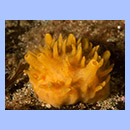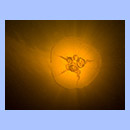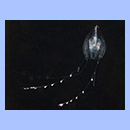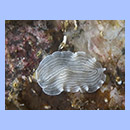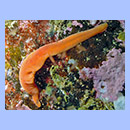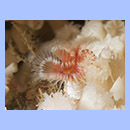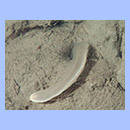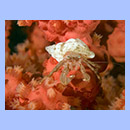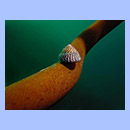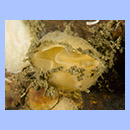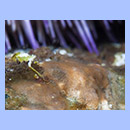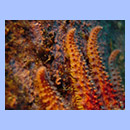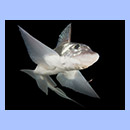- Kingdom: Animalia
- Norwegian: dyreriket
Characteristics:
All the way back to Aristotle, humans have classified all living things as either plants (Vegetabile) or animals (Animalia). We learned at school that the basic difference is that plants use photosynthesis to produce energy from light, while animals digest food like plants or other animals. The problem is that whenever we try to make distinct boxes to organize life as we know it, nature comes up with an exception. There are terrestrial plants feeding on animals and there marine animals using photosynthesis as an extra energy source.
The invention of the microscope gave Antonie van Leeuwenhoek the opportunity to observe single-celled organisms for the first time in 1674. These and many later observations motivated Ernst Haeckel to propose a third kingdom, Protoctista, in 1866. Since than, more kingdoms have been added, but in recent years the concept of kingdoms have grown less popular among scientists. Taxonomists struggle to categorize all life in neat boxes. Modern genetic research concludes that there are continuous genetic gradients, rather than distinct barriers between many of the "boxes" we call species.
To avoid complicating life too much, I prefer to classify all life I observe in the sea, as plants or animals. The members of the other "kingdoms" is not observable through a mask and a camera lense, anyway. The concept of species is still a very practical one, when humans want to communicate about the life on earth. This section presents the marine animals I have encountered in the sea, mostly during scuba diving.
